1. “Cigarette-Smoking Clubs”
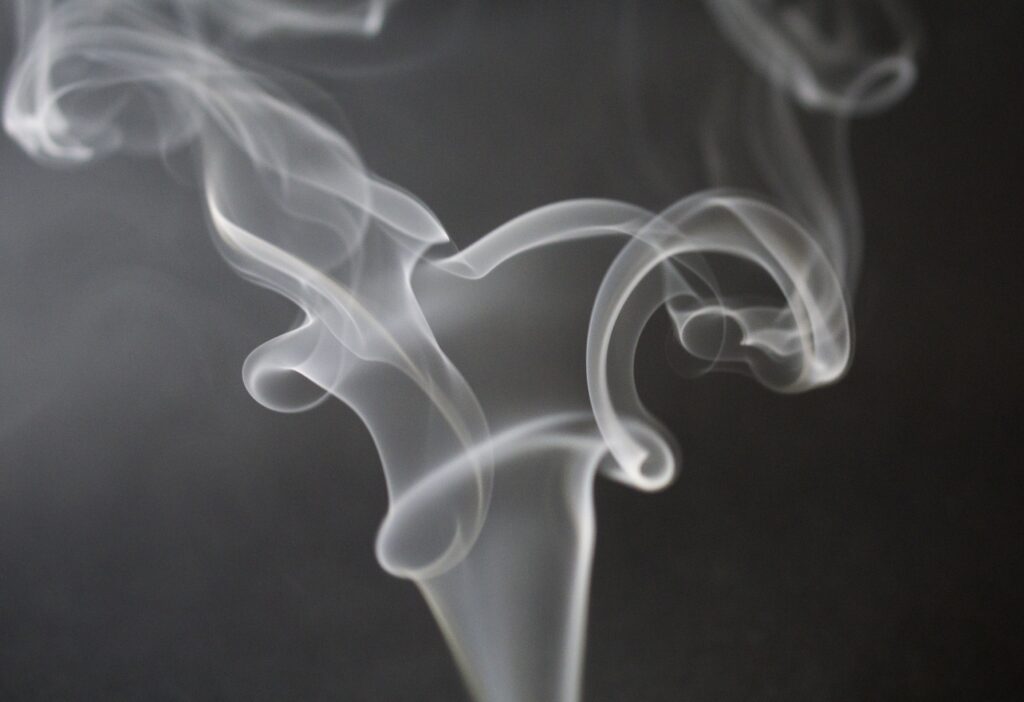
Back in the ’60s and ’70s, high school cigarette-smoking clubs were actually a thing. Students would gather during lunch breaks or after school to light up, often in designated areas, and it was somewhat accepted as a normal part of teenage rebellion. These clubs weren’t hidden in dark corners—sometimes they even had their own areas on school grounds. Teachers and staff, though disapproving, often turned a blind eye, as this was before the major health campaigns of the ’80s and ’90s.
If this happened today, it would raise more than a few eyebrows—and for good reason. With the dangers of smoking well-documented and youth smoking rates at an all-time low, the idea of promoting tobacco use as an extracurricular activity seems unimaginable. Imagine an ad campaign featuring “Join the club” with a cigarette dangling from a teen’s mouth, and it’s easy to see how different things are now.
2. “The Beat-Up-the-New-Kid Club”
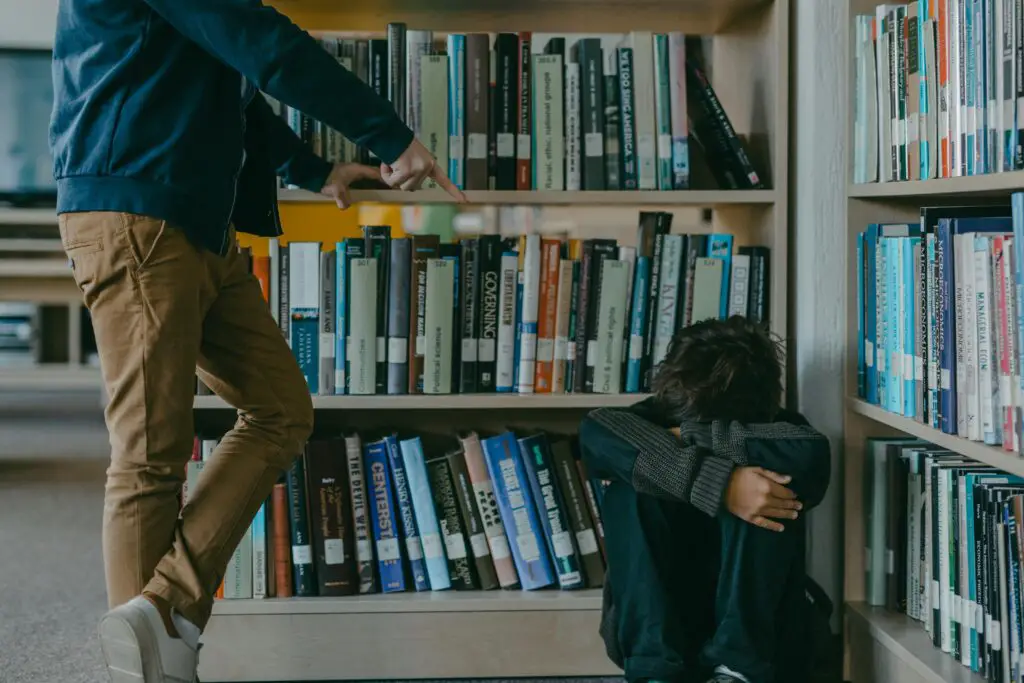
In an era when bullying wasn’t as widely discussed or addressed as it is today, some schools allowed what would now be considered “initiation” rituals, where new students were encouraged to face a little rough treatment. The so-called “Beat-Up-the-New-Kid” clubs were often carried out as a rite of passage into certain friend groups. Sometimes, it wasn’t anything too extreme, just a shove or a prank, but the idea of welcoming new students with physical or emotional hazing was shockingly common.
These days, such behavior would not only be frowned upon but could result in suspension or expulsion. Anti-bullying policies and more awareness about the lasting impacts of hazing have reshaped the way schools handle new students. Instead of “surviving” the first few weeks, today’s students are more likely to be welcomed into an inclusive community rather than a “club” focused on making them feel uncomfortable.
3. “Gothic Book Club” with Rituals
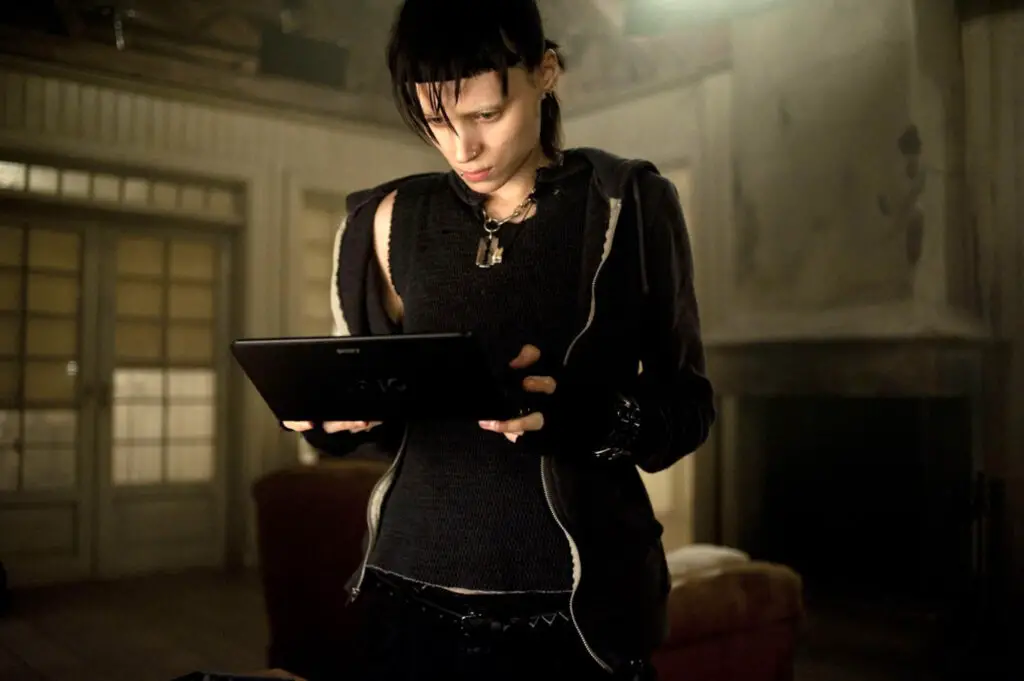
In the late ’80s and early ’90s, the Goth subculture began to rise in schools, and some high schools embraced it through unofficial clubs focused on Gothic literature. These clubs often blended dark poetry readings, discussions of horror novels, and discussions of the occult. Members would gather in dark corners, usually sporting dark attire and embracing the mysterious side of life. There were even occasional “rituals” or dramatic performances based on popular Gothic themes, which could raise eyebrows today.
What makes this particularly eyebrow-raising is how it might be perceived now. With schools increasingly focusing on safety and inclusivity, such clubs, if taken too far, could be misinterpreted as encouraging dangerous or unhealthy behavior. But, of course, they were just a way for teens to express themselves and explore darker themes through literature, even if it was a bit over the top at times.
4. “Survivalist Club”
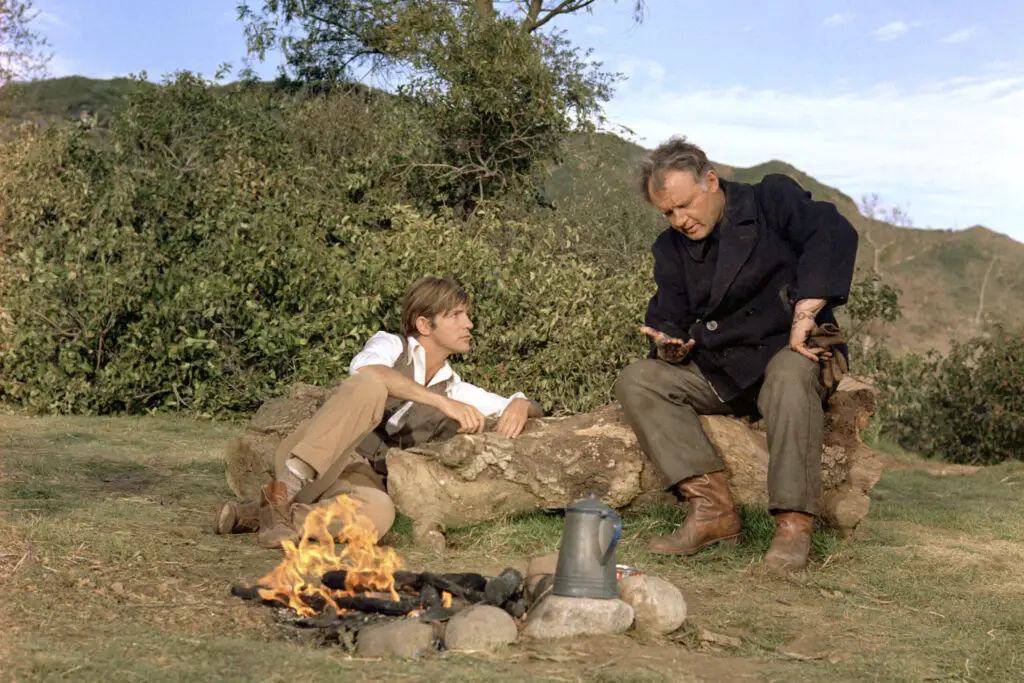
Long before “prepper” culture went mainstream, there were clubs in schools dedicated to wilderness survival. While many of these clubs had noble intentions, teaching students how to start a fire or build a shelter in the woods, others focused on extreme preparedness for end-of-the-world scenarios. This often included bringing in knives, ropes, and other survival tools, sometimes without much oversight or consideration of the dangers involved.
Today, such clubs would likely face restrictions, especially given the rise in school shootings and heightened awareness about safety. The idea of young people carrying weapons or tools into school—even for educational purposes—would raise red flags now. In this era of heightened security measures, those kinds of clubs would have to adapt or face serious scrutiny.
5. “Blood Donation Club” (Without Parental Consent)
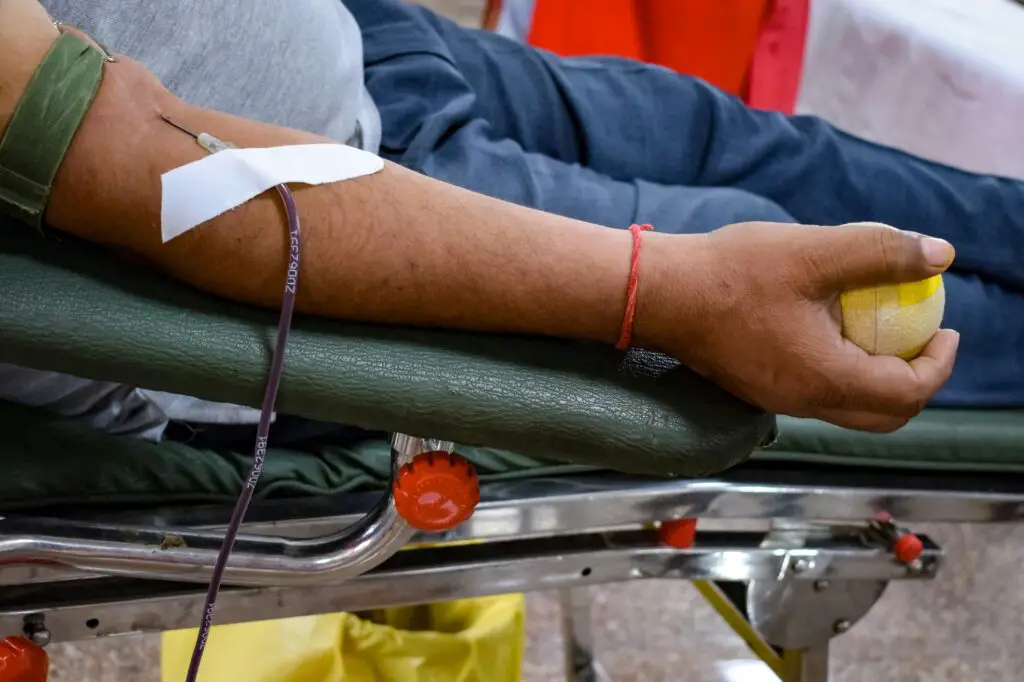
In some high schools during the ’60s and ’70s, blood donation clubs were surprisingly popular. Students would line up to donate blood, sometimes without proper consent from their parents. While blood drives are common today, they are carefully regulated, and parental consent is required for minors. In those earlier days, however, it wasn’t unusual for teenagers to participate in these events with little oversight, leading to potential health risks.
Now, the practice of allowing minors to donate blood without consent would likely be seen as reckless. The health risks associated with blood donations are much more understood today, and proper consent and safeguards are put in place to ensure student safety. What once seemed like a helpful cause could quickly turn into a legal issue in today’s world.
6. “The Cheating Club”

Believe it or not, some high schools once had “cheating clubs,” where students would get together and exchange tips and tricks on how to pass exams. Whether it was sharing answers, using hidden notes, or perfecting the art of looking at someone else’s paper, these secretive groups often met in hidden corners of the school, creating a network of academic dishonesty. What’s more shocking is that this activity sometimes went undetected for months or even years.
In the modern educational climate, this type of behavior would never fly. With the increased emphasis on academic integrity, cheating clubs are more likely to be caught and dealt with swiftly. The idea of fostering an environment where dishonesty was encouraged, even for something as simple as a pop quiz, would now be completely unacceptable and could even lead to criminal consequences in some cases.
